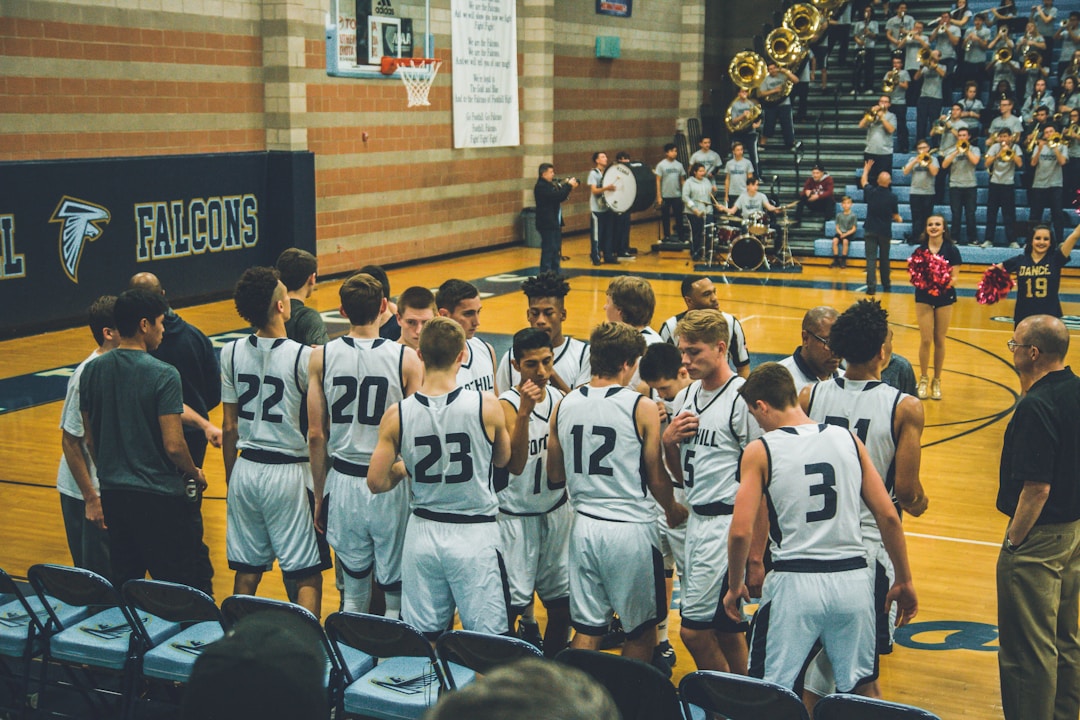Designing opportunities for Serendipity becomes an essential attribute for Leadership. Yet another takeaway that I got from reading the book from Frank J. Barrett Yes to the Mess. My initial reaction to this sentence was of surprise. The word Serendipity is defined as the occurrence and development of events by chance in a happy or beneficial way. It was coined in 1754 by Horace Walpole, suggested by The Three Princes of Serendip, the title of a Persian fairy tale translated in the XVI century in Italian, and in which the heroes ‘were always making discoveries, by accidents and sagacity, of things they were not in quest of’. So the idea of designing for Serendipity seems an oxymoron.
- What Serendipity truly is.
- It’s not by chance
- When Serendipity went wrong: the example of the Infosphere
- Engineering Serendipity
- 1) Adding Personal Serendipity to Daily Life
- 2) Adding Serendipity Through Physical Design
- 3) Adding Serendipity Within Organizations
- Conclusion
- Comments and Feedbacks
- More posts like this
But after reading the book, I started reasoning a couple of other points. Francesca Gino mentions in her book Rebel Talent, the story of how Steve Jobs oversaw the construction of the main Pixar building that today carries his name. It was Jobs who came with the idea of having a very large atrium that every Pixar employee would have to pass through each day, enabling random encounters and conversations (…) The only bathrooms on the first floor of the building are in the atrium (…) Having only one set of restrooms creates more opportunities for people to run into one another, ask questions, and exchange ideas (Francesca Gino, Rebel Talent, page 180). Ed Catmull describes the result this way. This all resulted in cross-traffic – people encountered each other all day long, inadvertently, which meant a better flow of communication and increased the possibility of chance encounters. You felt the energy in the building. (Ed Catmull, Creativity Inc.).
Serendipity isn’t magic. It isn’t happy accidents. It’s a state of mind and a property of social networks — which means it can be measured, analyzed, and engineered.Greg Lindsay, Engineering Serendipity
What Steve Jobs did was Designing for Serendipity. Which is not just about chance. So I decided to investigate this concept further.
What Serendipity truly is.
While we think of Serendipity as a series of ‘happy accidents’, the truth is that Serendipity is the result of social interactions. These cannot happen on their own, however. We, as individuals need to make social interaction happen. And the truth is that these interactions occur when we break out of our comfort zone.
In other words, increasing social interaction leads to more serendipity. And serendipity leads more discoveries. Discoveries become insights, and insights are the building blocks of innovation.Sky Gilbar, The Importance of Serendipity in Design Thinking
If the above is true than Serendipity truly becomes a capability, the way that Frank J. Barrett has mentioned. If that is true, we should be able to engineer more Serendipity. I don’t agree with this is, however, an individual skill or competence, but it is instead an organizational capability that leaders need to stimulate.
It’s not by chance
What is clear is that even if there is not a perfect design preceding it, Serendipity is never a pure accident. You need that at least one person that participates to the serendipitous event is aware of the fact.
In the fields of observation, chance favors only the prepared mindLouis Pasteur, cited in Meyers, M. A. Happy Accidents: Serendipity in Modern Medical Breakthroughs. New York: Arcade Publishers. 2007.
Sometimes it is even about a choice in making the human contact that delivers Serendipity. It would help if you somehow had a “prepared mind”, a concept entirely synthesised by Joichi Ito.
You don’t get lucky if you plan everything – and you don’t get serendipity unless you have peripheral vision and creativity.Joi Ito, cited from in Greg Lindsay, Engineering Serendipity
When Serendipity went wrong: the example of the Infosphere
So if this capability can be built, how do we do it intentionally? To understand the process, I want to start from an area where the quest towards Serendipity did not play very well: Information.
The idea of enabling discoveries has been around for much time in technology. How do we plan Serendipity in the Infosphere? The idea was to design information architectures for Serendipity as this would increase the diversity of information encountered. There’s only so much that algorithms can do based on our past consumerism of information. Think of when google built the I’m Feeling Lucky function, and how much “potential discovery” that would lead to. Think also of the suggestion engines in tools like Pandora and Spotify. They tried to build a big part of their business model on letting people “discover” new music.
However, all of these tools have ended up serving a different purpose then really leading to Serendipity. Their engines where much less casual than initially planned. Plus, without individual interaction, there is no real Serendipity. And it is not a coincidence that most of these tools are much less relevant today than they were 5-6 years ago.
Engineering Serendipity
How do we Designing Opportunities for Serendipity then? If technology is not the answer, what is that we can do? There are at least three components in the concept of Engineering for Serendipity. Let’s see them together.
1) Adding Personal Serendipity to Daily Life
in 2008 James Lawley, an Australian Psychologist has mapped the experience of Serendipity. “What kind of mind is it?” Lawley asks. “One that thinks more systematically than simple cause-and-effect.” In other words, it’s a mind that’s open to the unexpected, to thinking in metaphors, to holding back and not jumping to conclusions, and to resist walls between domains and disciplines.

Talk to strangers, explore new cities, travel alone, read casual books, follow your curiosity, break the routines. All these techniques will allow you to have more opportunities for discovery and casual encounters. But what is important is to add time for Serendipity in our lives: nothing kills more the possibility to have fortuitous events like not having time for the interaction. And make sure you plan for Serendipity in 2020.
2) Adding Serendipity Through Physical Design
As we have seen from the Pixar example, it’s possible to tweak the environment to allow for more social interaction that can lead to Serendipity. Michael Soto has built a list of design feature for what he defines as casual collisions. Anything from open space, hot desks, lunch lines, bathrooms, hallways, coffee areas can become the place where Serendipity potentially happens. Designing Opportunities for Serendipity becomes a function of how we plan the entire working environment then.
But how can we do a better job of bringing people together than installing bigger cafeteria tables, adding another coffee machine, or locking all the bathrooms but one?Greg Lindsay, Engineering Serendipity
3) Adding Serendipity Within Organizations
How do you add Serendipity in organisations? This is the area I’m more interested in, and there are multiple ways to achieve this. Casual one-to-one sessions, project work, training with mixed crowds, organized casual encounters, all techniques that can be successfully applied. Spark Collaboration works like this as a company, for example. The concept is to be intentional in this redefinition.
Many organisations have experimented with Serendipity as a way to improve innovation. Many have been successful. In most of these cases seems that Serendipity was responsible for the bridging of what the University of Chicago sociologist Ronald Burt calls “structural holes,” which appear when org charts and other formal structures create gaps in the informal network of experts floating through an organisation. Burt found that managers who straddled holes between teams and domains consistently produced better ideas than those who did no. “This is not creativity born of genius,” he wrote. “It is creativity as an import-export business.” The easiest way to discover an idea, it would seem, is to borrow one.
Here lies one of the most critical lessons from exploring this concept: Serendipity does not happen in traditional command and control structures. It occurs outside org charts and despite management levels. From this point of view, most of the new organisational model seems to be significantly effective at stimulating Serendipity, either as a designed feature or as a side effect. This is, for example, the case of Deliberately Development Organisations as illustrated recently.
Conclusion
Serendipity is the process through which we discover unknown unknowns.Greg Lindsay, Engineering Serendipity
I hope this short journey has led you to understand how important it is to make new discoveries in the framework of Serendipity. What is essential is to add the concept itself of Serendipity as a Design Thinking tool. How important is it, for example, to walk through the aisles of the office, and intercept employees during their working time, to understand their Experience? Brief unplanned interactions can open the eyes on major problems never visualized before. It also becomes a vital tool for Organisation Design.
All in all, I stress once more the concept of being intentional in designing key features and capabilities like this in the way our organisation work. Especially as Designing Opportunities for Serendipity can also become one of the critical elements for the way we interact with the broader environment. Which can mean making it part of our Strategy?
Fifteen years ago, I met for the first time Alessandro Roberti, a coach and trainer, that suggested a pilot training project. It was called the Serendipity Project and was built to create skills to be able to appreciate discovery in personal interactions. He used theatre techniques and constellation work to get us through that discovery. The results were extraordinary, as we all, participants in that pilot, understood how important it is to learn the taste of wonder as a way to build on serendipitous moments and capture value.
I’ve been chasing for my Serendipity moment since. And am now ready to ensure we Designing Opportunities for Serendipity in our HR work as a key component of human interactions.
And you? Are you ready to build your moments of Serendipity?

Comments and Feedbacks
More posts like this










